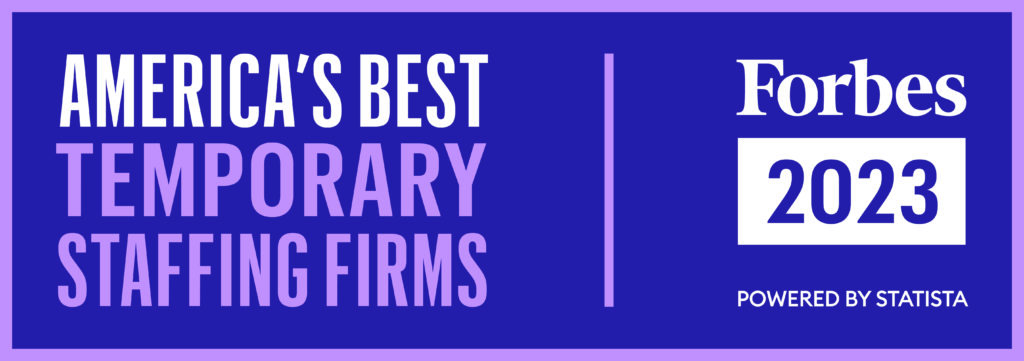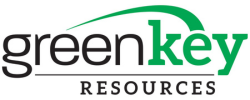
Forbes has named Green Key Resources among their lists of America’s Best Executive Recruiting Firms, America’s Best Professional Recruiting Firms, and America’s Best Temp Staffing Firms in 2023.
To determine the best staffing and recruiting firms, Forbes partnered with Statista, a market research company, to survey over 5,200 external recruiters, hiring managers, and job seekers.
Are you searching for top talent? Contact us to help you with your hiring needs!






